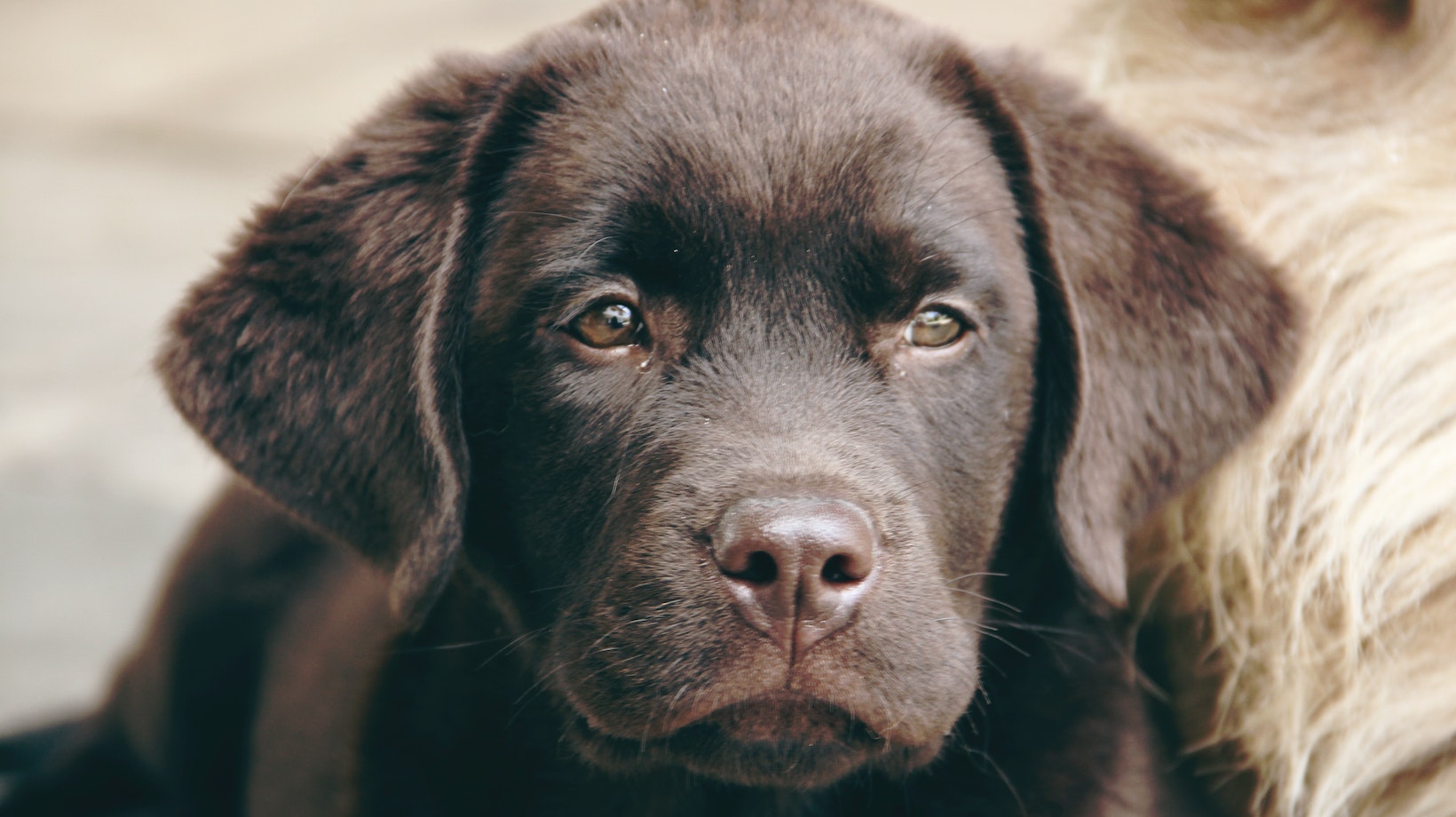How I Stopped My Puppy From Biting
When bringing a new Labrador puppy into your home, it’s crucial to create a safe environment where they can learn and thrive. One of the first steps is to puppy-proof your living space. Labradors are known for their curiosity and high energy levels, so taking precautions to remove potential hazards is essential.
- Secure loose electrical cords and cables: Puppies love to chew on things, and electrical cords can pose a serious danger if not properly secured. Use cord protectors or hide them behind furniture to prevent any accidents.
- Store household chemicals out of reach: Cleaning supplies, pesticides, and other chemicals should be stored in locked cabinets or placed on high shelves that are inaccessible to your curious pup.
- Keep small objects off the floor: Labradors have a tendency to explore with their mouths, so it’s important to pick up any small items like coins, buttons, or children’s toys that could be swallowed or become choking hazards.
- Block off restricted areas: Use baby gates or closed doors to keep your Labrador out of rooms that are off-limits. This will help prevent accidents and allow you to focus on training in designated areas.
Creating A Designated Training Area
- Choose an appropriate size: The space should be large enough for your Labrador to move around comfortably without feeling cramped. A spacious room or even an outdoor area with proper boundaries can work well.
- Remove distractions: Clear away any toys, food bowls, or other items that may distract your pup during training. By minimizing visual clutter, you’ll help them stay focused on the task at hand.
- Use non-slip flooring: Labradors can be quite energetic, and slippery surfaces could lead to accidents or injuries. Opt for a training area with secure footing to ensure safety while practicing commands and exercises.
- Have necessary training aids nearby: Keep treats, toys, clickers, or any other tools you’ll use during training within easy reach. This will make it convenient for you to reward your puppy’s good behavior promptly.

Gathering Necessary Training Supplies
- Treats: High-value treats are excellent motivators during training sessions. Choose small, soft treats that your pup can easily consume without getting too distracted from the task at hand.
- Clicker: A clicker is a useful tool for marking desired behaviors and signaling to your Labrador that they’ve done something right. Pairing the sound of the clicker with rewards helps reinforce positive actions.
- Leash and collar/harness: Teaching your puppy how to walk on a leash is an important part of their overall training. Invest in a well-fitting collar or harness and a sturdy leash for controlled walks and outdoor activities.
- Chew toys: Labradors have strong chewing instincts, so providing them with appropriate chew toys can help redirect their biting tendencies onto safe objects instead of furniture or clothing.
- Training books or resources: Educating yourself about Labrador-specific training techniques can enhance your understanding of their needs and improve communication between you and your furry companion.
By setting up a safe environment for training, puppy-proofing your home, creating a designated area focused on learning, and gathering the necessary supplies, you’ll be well-prepared to embark on an effective journey of teaching your Labrador puppy proper behavior and obedience.
- Introduce a variety of chew toys: Provide your Labrador puppy with a selection of chew toys that are suitable for their age and size. Look for durable toys made specifically for teething puppies, as they are designed to withstand the pressure of chewing. Offering a variety of textures and shapes can help keep your puppy engaged and satisfy their natural urge to chew.
- Make the toy more enticing: To encourage your puppy to choose the toy over other objects, you can make it more appealing by using techniques such as applying a small amount of peanut butter or smearing it with some wet food (make sure it’s safe for dogs). These additional scents and tastes can make the toy more enticing and increase their interest in chewing on it.
- Use positive reinforcement: When you notice your Labrador puppy chewing on an appropriate toy, be sure to praise them enthusiastically. You could say something like “Good boy/girl! That’s your toy!” in an upbeat tone of voice. Positive reinforcement helps reinforce the desired behavior and encourages them to continue choosing the designated chew toys instead of inappropriate items.
Remember, consistency is key when training your Labrador puppy not to bite inappropriately. Ensure that everyone in your household follows these redirection techniques consistently so that your furry friend receives consistent messages about what is acceptable behavior.
By providing appropriate chew toys, making them more appealing, using positive reinforcement, and redirecting attention when needed, you can effectively train your Labrador puppy to stop biting on inappropriate objects and focus their chewing behavior onto the right toys.